When is a school not a school? When it’s a vital part of Australia’s wartime defence. When Japan entered World War 2 in December 1941 with the bombing of Pearl Harbour, Australia faced a real threat of aerial attack, and a radar defence system was urgently needed to monitor enemy aircraft movements. A radar commenced service at Shepherds Hill in Newcastle in January 1942, and with the establishment of many other radar stations including Ash Island in the Hunter River and Tomaree Head at Port Stephens, a central headquarters was needed to collate information and direct operations of allied aircraft interceptions.
Consequently, on 10 March 1942, the Minister for Education announced with deliberate vagueness that New Lambton Public School was required “to be used for other purposes” and that students would be distributed over Lambton, Adamstown, Hamilton, and Cardiff schools. The school became the site of RAAF No 2 Fighter Sector, the principal coordination and control unit for radar defence operations in the Williamtown and Newcastle area.
The RAAF occupied the three main school buildings, erected temporary buildings in the playground and converted the headmaster’s residence into the unit HQ. Twenty-four hour operations commenced on 29 March 1942 with 134 staff, including 69 from the Women’s Auxiliary Australian Air Force (WAAAF). The school also became the training base for other radar sector units and at its peak in August 1943 had a total of 268 personnel.
In December 1944 the RAAF transferred operations from New Lambton to the radar station at Ash Island, and in January 1945 handed the school back to the Department of Education. The senior boys and girls returned to the school, but necessary restoration and repairs carried out during 1945 meant that the infants’ classes did not return until the following year. The resumption of all classes at the New Lambton site and remembrance of its important war time role was celebrated with a grand “Back-to-school” gala day on 27 April 1946.
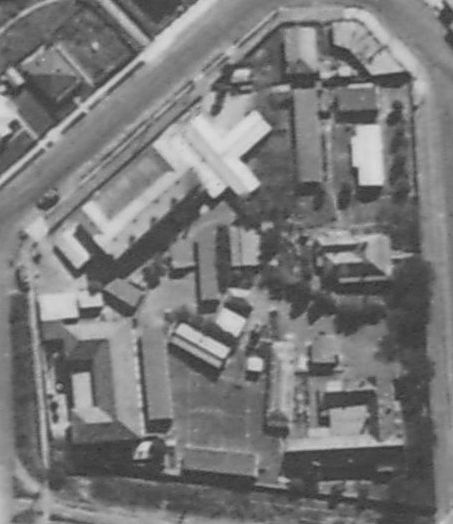

The article above was first published in the March 2020 edition of The Local.
Acknowledgements
Much of the information for this article I sourced from Peter Muller and John Hutchison’s 1991 book “RAAF Base Williamtown, The First 50 Years”, a copy of which is in Newcastle Library Local Studies section.
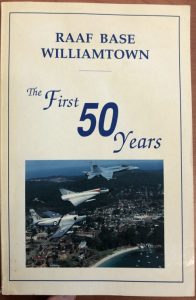
Additional Information
Payne’s Paddock School
From March 1942, all students from New Lambton school were distributed to other schools around the area, with transport being provided by the Department of Education. There was much complaint from parents about this arrangement, who campaigned for the erection of temporary school buildings. The slow pace of fulfilling this request led the Parents and Citizens’ association in September 1943 to threaten a boycott, stating …
The matter has come to a stage that if there is no [new] school there will be no New Lambton children attending other schools.
A temporary infants’ school was subsequently constructed in “Payne’s Paddock” on St James Rd, consisting of 8 classrooms built of wood, and a separate administrative block. The temporary school opened for students on 18 April 1944.
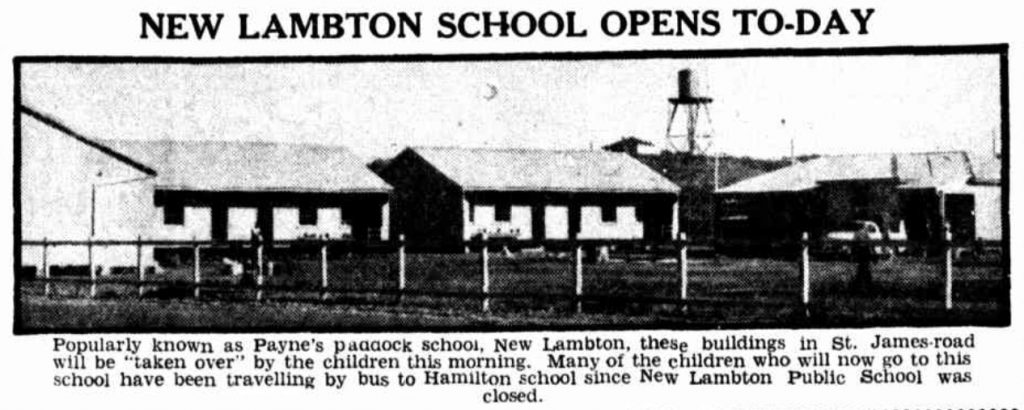
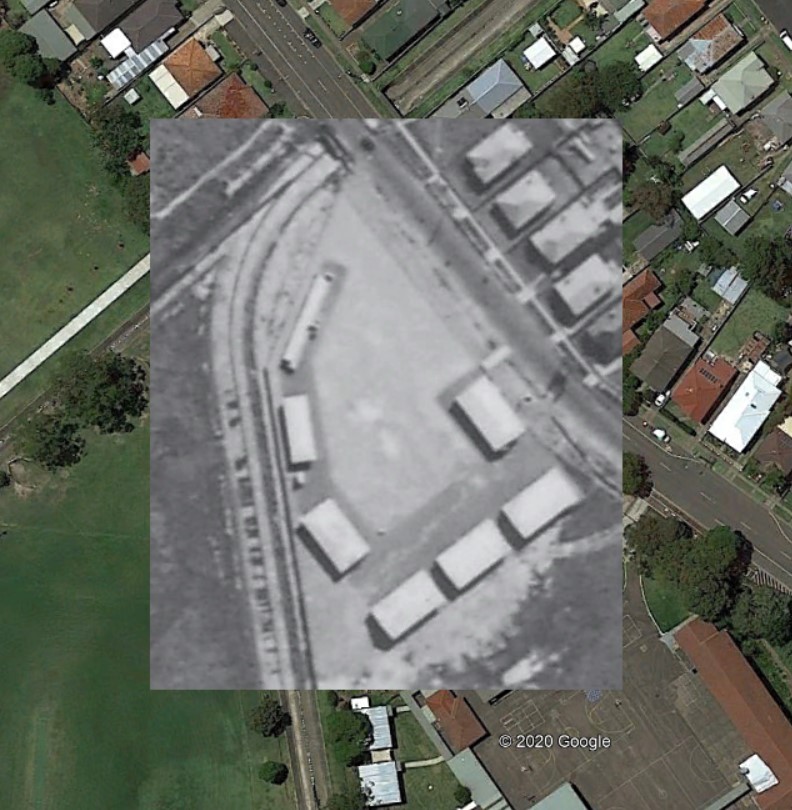
The infants attended the Payne’s Paddock temporary school until April 1946, when the completion of restorations and repairs to the New Lambton school allowed them to resume classes there. The temporary school on St James Rd was closed, but became the site of the New Lambton South Public School, opened on 31 Januuary 1950 with an enrolment of 360 students.
WAAAF Hostel
To assist in the accommodation of Womens Auxiliary Australian Air Force (WAAAF) personnel working at No 2 Fighter Sector, the YMCA opened a hostel, converting a shop and residence on the corner of Hobart and Rugby Roads.
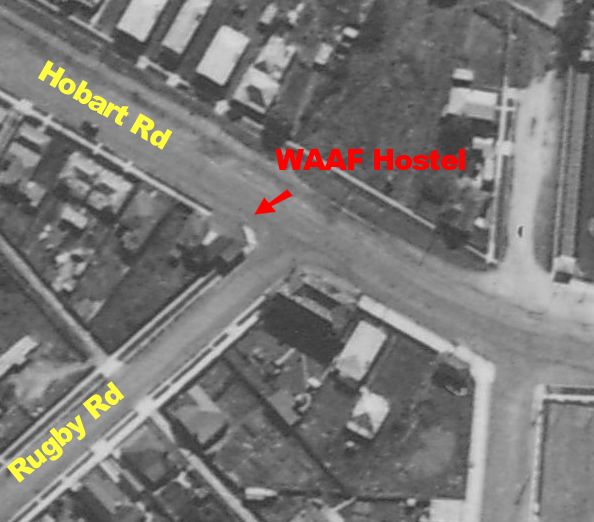
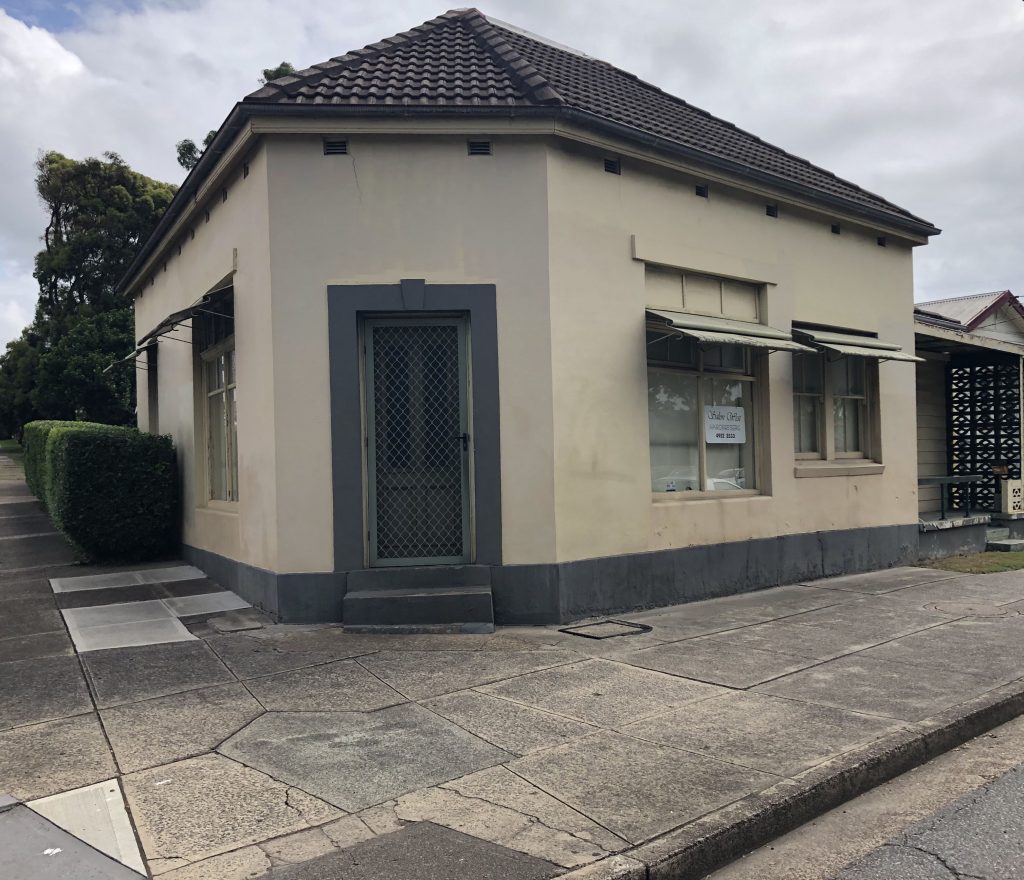
Newspaper articles
| Article Date Event Date | Notes |
|---|---|
| 10 Mar 1942 | "Pupils from New Lambton Public School are to be distributed over Lambton, Adamstown, Hamilton, and Cardiff schools because their building is to be used for other purposes. This was announced tonight by the Minister for Education (Mr. Clive Evatt). Mr. Evatt said the necessary transport for the children to be picked up from selected points, and taken to their schools, was being arranged." |
| 24 Apr 1942 | "Property at the corner of Hobart and Rugby Roads, New Lambton (a shop and residence), has been selected for the establishment of a leave hostel for the convenience of 'W.A.A.A.Fs' and other service women." |
| 27 Apr 1942 | New Lambton Parents and Citizens' Association campaigning for "more satisfactory arrangements for the 900 school children of New Lambton, who are now distributed among the Hamilton, Adamstown, and Lambton schools. The association last week agreed that a forceful claim should be made for the erection of portable classrooms at New Lambton to accommodate the transferred children." |
| 5 Oct 1942 | "For several weeks, Mrs. W. E. Bramble and her daughter, Miss Mary Bramble, have entertained groups of W.A.A.A.F. and R.A.A.F. personnel at their home at Russell-road, New Lambton, on Sunday nights. The number of guests varies, but as many as 80 have attended for tea, and 115 for supper. Mrs. Bramble's chief worry is to secure sufficient tea and sugar to cope with the crowd." |
| 25 Sep 1943 | New Lambton Parents and citizens' Association stated "that the proposal to keep New Lambton children away from school was not bluff. The matter has come to a stage that if there is no school there will be no New Lambton children attending other schools." "The commonwealth Government had provided the funds for the erection of accommodation for an Infants' school at Payne's Estate. The Government Architect had completed plans and tenders for the work would be invited this week." |
| 18 Apr 1944 | Popularly known as Payne's paddock school, New Lambton, these buildings in St. James-road will be "taken over" by the children this morning. Many of the children who will now go to this school have been travelling by bus to Hamilton school since New Lambton Public School was closed. |
| 19 Apr 1944 18 Apr 1944 | "Opening yesterday of the temporary school for New Lambton infants in Payne's Paddock, St. James-road. The school has an enrolment of 320 pupils." |
| 19 Jan 1945 | "A letter Mr. R. Cameron, M.L.A., has received from the Minister for Education (Mr. Heffron) with reference to the department's repossession of New Lambton Public School from the R.A.A.F., indicates that action has been taken to enable two buildings to be re-occupied by classes after the vacation." |
| 28 Feb 1945 | "The Minister for Education, Mr. Heffron, complained yesterday of the way in which the R.A.A.F. had left New Lambton Public School after they had occupied it … the R.A.A.F. had made structural alterations inside and outside the school. After months of negotiation, he had been unable to get the R.A.A.F. to remove the alterations. Because of this, the infants' part of the school was still unusable." |
| 18 Apr 1945 | Demolition of RAAF huts proceeding. The old headmaster's residence to be demolished and the playground area enlarged. There are 222 boys at the school. Restoration of the girls' school yet to happen. |
| 20 Feb 1946 | "The painting of the interior of the infants' department was near completion … the girls were now back in their own department." |
| 6 Apr 1946 | "Plans are under way for a "Back-to-New Lambton" day, to mark the complete reunion of classes of New Lambton Public School at their old home. The Parents and Citizens' Association proposes to have a roll book completed withl the autographs of past and present pupils and to preserve it as an historical record of the school. " |
| 27 Apr 1946 | "Many former pupils returned today to participate in the Back to New Lambton School celebrations arranged by the P. and C. Association to mark the reopening of the school after military occupation."
"The boys and girls returned to the school in February of last year, the boys using their own department and the girls the infants' department, while the girls' school was being renovated. The girls returned to their school at tthe end of last year, but the infants remained at Payne's Paddock until this week, when the renovations to the infants' department were completed." |
| 29 Apr 1946 27 Apr 1946 | "THE war role of New Lambton Public School was referred to by speakers at the 'Back-to-school' celebration on Saturday. Saturday's function ... marked the school's full reinstatement." |
| 1 Feb 1950 31 Jan 1950 | "The new primary school at New Lambton South (Payne's Paddock) ... was opened yesterday for the enrolment of pupils. The buildings, which are of brick, contain 16 class rooms, a special room for a school library, headmaster's and headmistress's offices, staff rooms, special sheds for luncheon for the children, bicycle racks and a separate brick tuck shop ... there was already an enrolment of 360 pupils." |

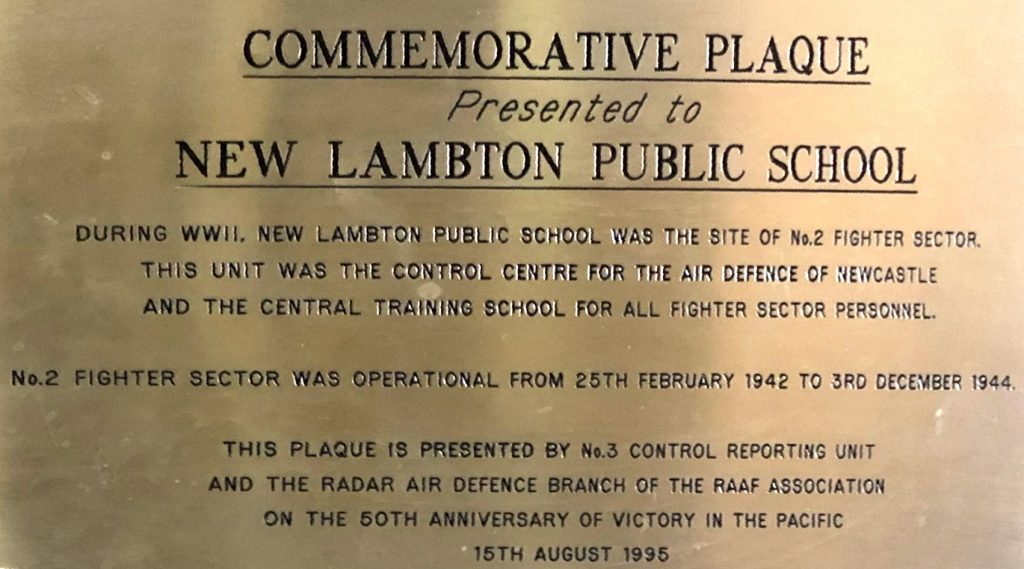
Lovely to read this, it takes me back. I was in kindergarten at Paynes Paddock. Payne was the local butcher. I don’t remember much except soldiers in Blackbutt reserve and being given a victory medal at New Lambton Infants School when the war ended.